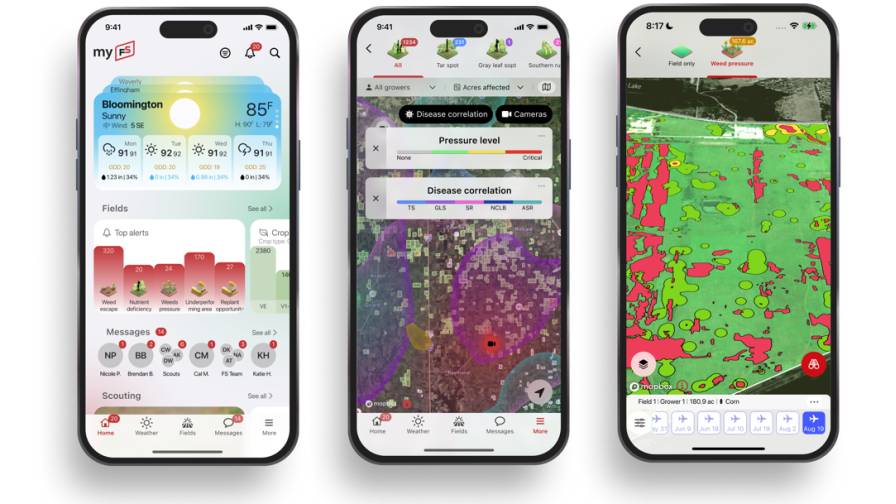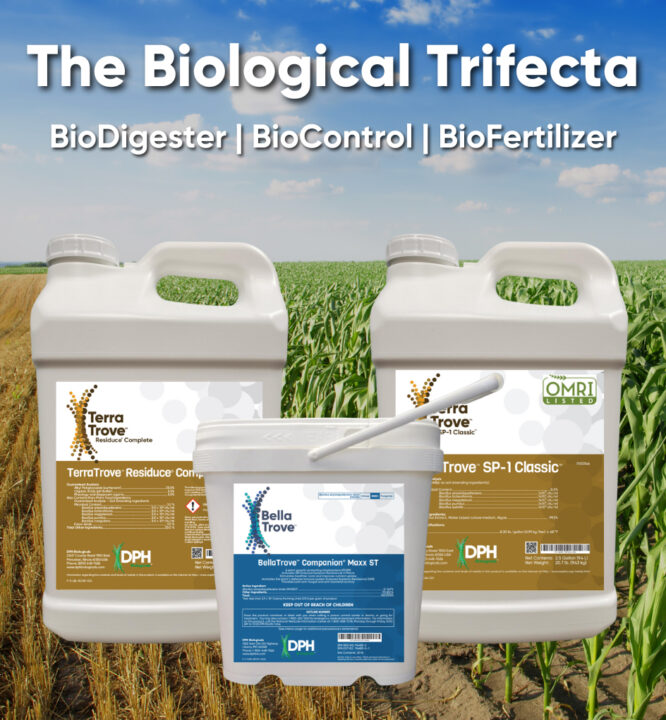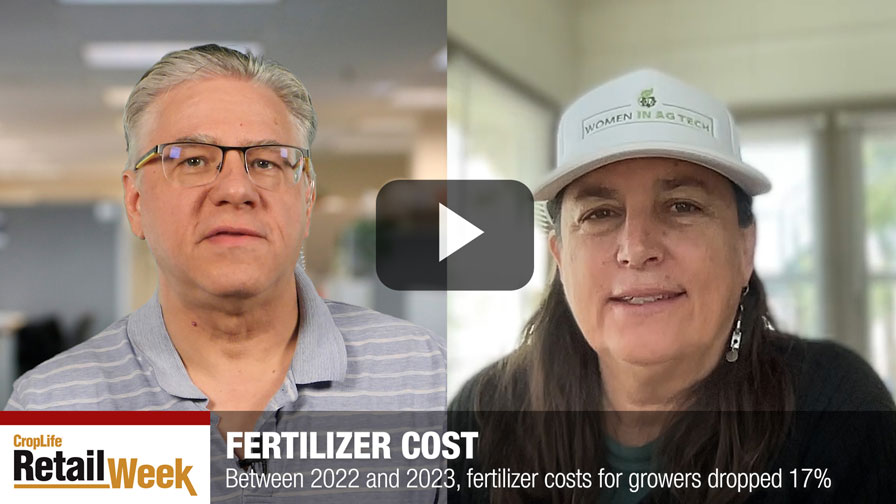What Options Could Fit Into Your Soybean Nutrient Management Program?
A growing number of Illinois farmers manage soybean and corn fertilizer completely separately, writes Laura Temple, Illinois Soybean Association. And new technologies not only make it easier, they can boost return on investment (ROI).
“The trend of fertilizing crops separately has been growing annually for several years,” confirms John Watkins, Certified Crop Adviser (CCA) and marketing manager for Nutrien in Cerro Gordo, IL. “Research and a growing understanding of the science of crop production is showing the value of spreading plant nutrition throughout the growing season.”
That can include up to 18 essential nutrients. Former ISA CCA Envoy David Rahe noted via ILSoyAdvisor last season that nitrogen, phosphorus and potassium are the most likely to be added as fertilizer. “Water, carbon and oxygen come from air and water. Calcium, magnesium and sulfur are needed in large amounts as well, and in Illinois we generally take what we get from nature,” he noted.
Watkins shares a variety of innovations that can increase fertilizer efficiency, soil health and yield. “Plant nutrition has transformed from a snake oil market 10 year ago, where we threw products into plants hoping for a response, to one based in true science,” Watkins says. “Today it’s all based in plant and soil science that can be explained.”
According to Watkins, farmers typically choose a few nutrient options that best fit their system and budget. “The ROI is usually about three-to-one on many of the technologies.”
Biochemical Fertilizer Catalysts
Though soybeans fix nitrogen, they need phosphorus and potassium. Farmers often apply those nutrients as dry fertilizer – DAP (diammonium phosphate) and potash – in fall or early spring. The most recent numbers from the University of Illinois to estimate nutrient removal in the state are 0.75 lbs. of phosphorus and 1.17 lbs. of potassium per bushel of soybeans.
“Dry fertilizer is very inefficient,” Watkins says. “Only 10 to 30 percent of phosphorus is available to the crop in the first year. The range for potassium is 20 to 60 percent availability.”
To improve efficacy and nutrient availability, many companies treat dry fertilizers with biochemical fertilizer catalysts. “These additives mimic biological agents found in the soil to enhance fertilizer breakdown and increase nutrient availability by 15 to 20 percent,” he says. “They also improve availability of existing nutrients in the soil.”
Read more at Illinois Soybean Association.





